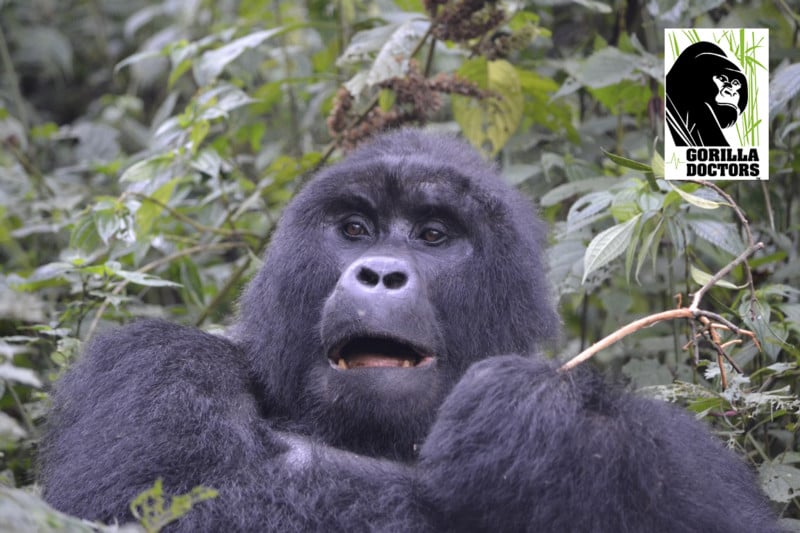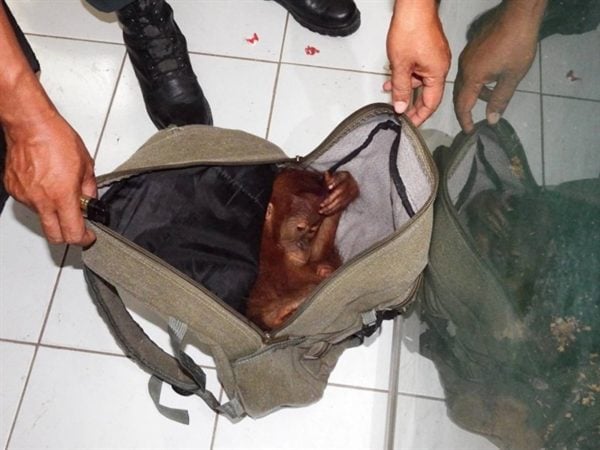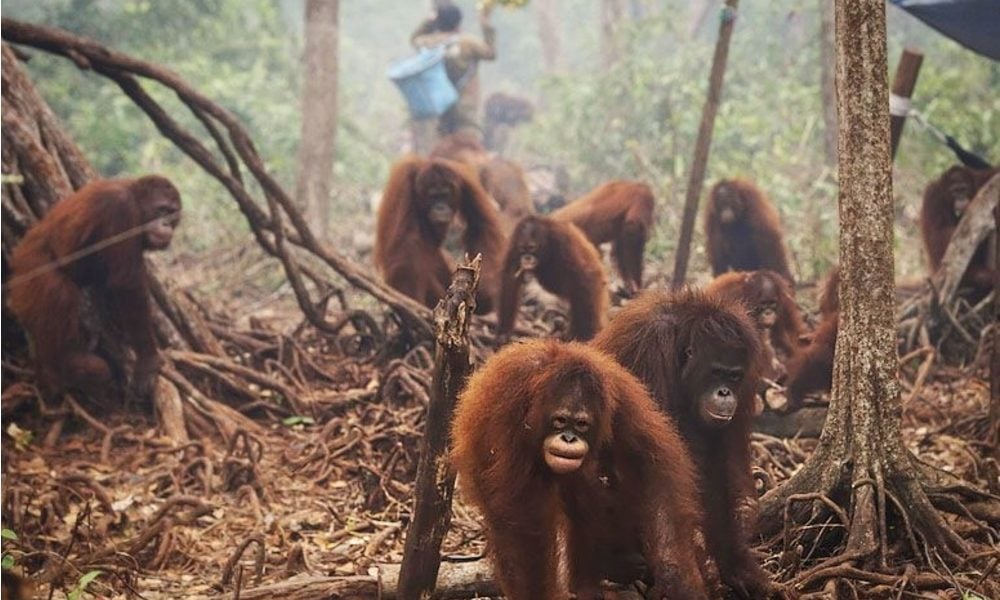Over 1,800 great apes were seized from an illicit live traffic that went undetected for over a decade but is now confirmed through the Apes Seizure Database that was launched at the 17th Convention on International Trade in Endangered Species (CITES) Conference of the Parties on 29 September in Johannesburg, South Africa.
Seizure records in the database date back to 2005, and include any removal of great apes from unlawful situations. Seizures were recorded in 23 nations, almost half of which were non-range States from Asia, Europe and the Middle East.
Over 90 percent of all seizures occurred within national borders and were therefore not recorded in widely used illegal trade databases managed by the CITES and other regulatory agencies. As a result, the trade in endangered and critically endangered great apes was dramatically under-reported.
The Apes Seizure Database was created by the Great Apes Survival Partnership (GRASP), in collaboration with the United Nations Environment -World Conservation Monitoring Centre (UNEP-WCMC). Its seizure data comes from GRASP’s broad alliance of 105 national governments, research institutions, conservation organizations and United Nations agencies, which was then verified by a technical advisory group.
“Any illegal trade in great apes — whether it crosses international borders or not — needs to be considered a very real threat to the survival of these endangered species,” said UN Environment executive director Erik Solheim. “I visited Borneo recently and saw for myself the incredible pressure orangutans are under from habitat loss, and African apes are equally stressed. Illegal trade can only push them all that much closer to extinction, and it needs to be stopped.”
Over 1,800 great apes were seized from an illicit live traffic that went undetected for over a decade.
Orangutans comprise 67 percent of all entries in the Apes Seizure Database, most flushed from the forests and easily absorbed into the illegal pet trade by the massive expansion of agricultural industries such as palm oil and pulp and paper in Borneo and Sumatra. Chimpanzees are next at 24 percent, with gorillas (6 percent) and bonobos (3 percent) also impacted.
“For too long, the illegal trade in great apes was anecdotal, and therefore difficult to judge in terms of scale and scope,” said Doug Cress, programme coordinator of GRASP. “But with the Apes Seizure Database, the numbers are plain to see. We can It doesn’t take long to identify areas of concern in Africa or Asia, or recognize that critically endangered species are in extreme danger.”
Information gathered through the Apes Seizure Database will be used to support monitoring and law enforcement efforts against environmental crime, a $23 billion USD industry that threatens elephants, rhinoceroses, pangolins, trees and other endangered species.
“The UN Environment’s World Conservation Monitoring Centre is pleased to be able to bring its data management expertise to the benefit of great ape conservation,” said UNEP-WCMC director Neville Ash. “For the first time, robust and verified data will capture the unique nature of the illicit trade in great apes, and we look forward to this data being used to inform great ape conservation in the future.”
Less than 10 percent of all contraband is ever seized, according to customs and law enforcement officials, and it is widely accepted that far more great apes are killed in the hunt and capture of live specimens than are ever trafficked. Some studies suggest that as many as 10 chimpanzees die for every one chimpanzee captured alive.
The illegal trade in great apes also poses a serious threat to human health, as diseases are easily carried and spread by live apes that do not go through proper veterinary care or quarantine.
All great apes are listed as Appendix I species under CITES, and three – Bornean orangutans, Grauer’s gorillas, and Western chimpanzees –were downgraded to “critically endangered” last month by the IUCN Red List of Threatened Species.

According to IUCN Red List, four out of six great ape species are now Critically Endangered – only one step away from going extinct – with the remaining two also under considerable threat of extinction. Photo credit/Gorilla Doctors
The Apes Seizure Database was a recommendation of the 2013 UNEP report, Stolen Apes, the first study to assess the global traffic in great apes. GRASP worked closely with dozens of partners to build the database over a two-year period, and will continue to update the database going forward.
GRASP is the unique alliance of 105 national governments, conservation organizations, research institutions, U.N. agencies and private companies committed to ensuring the long-term survival of great apes and their habitats in Africa and Asia. For more information, visit www.un-grasp.org or contact [email protected].


